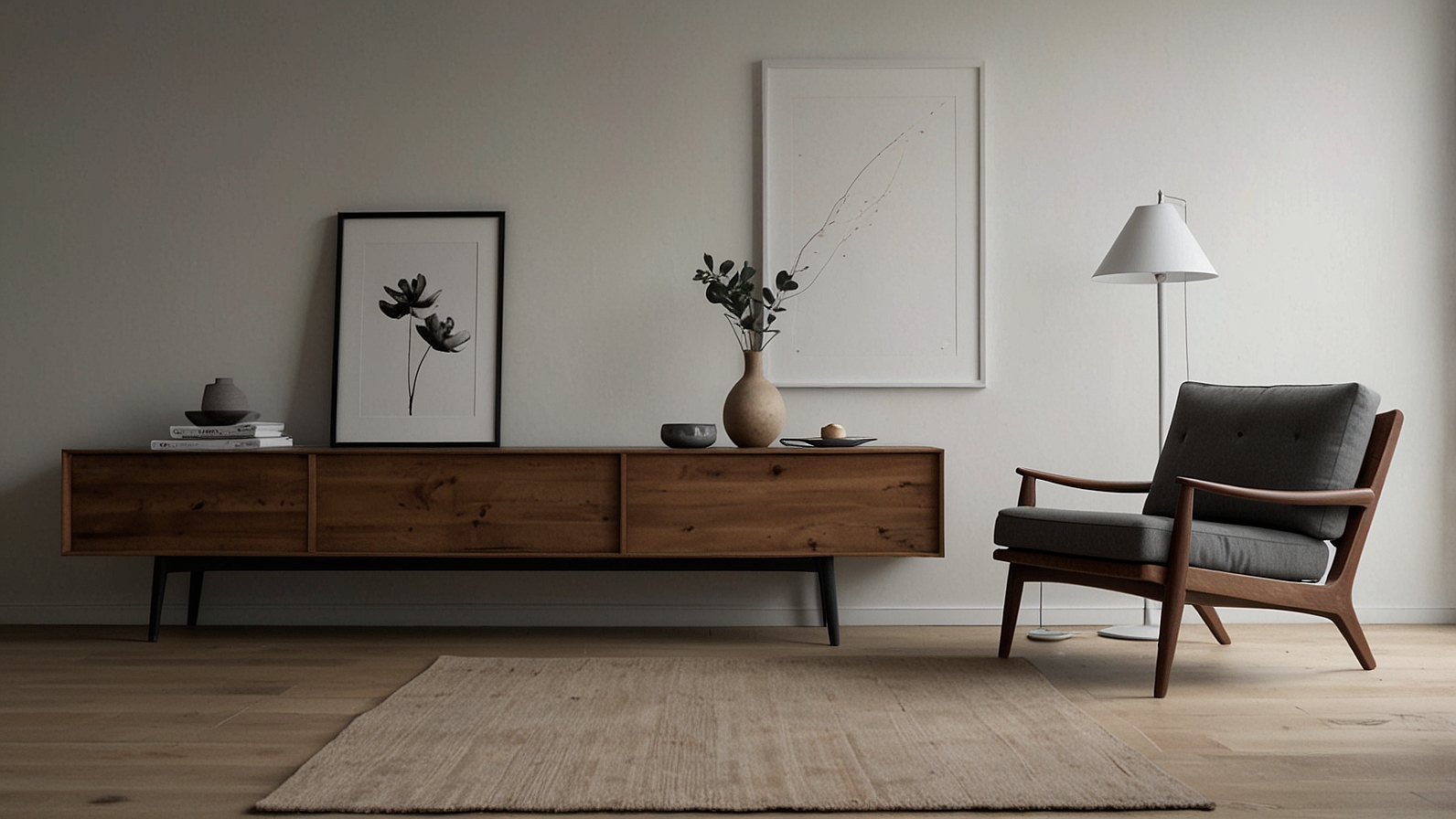In today’s fast-paced world, the philosophy of minimalist living has gained momentum, offering an antidote to the chaos of modern life. Rooted in simplicity, minimalist living encourages individuals to focus on what truly matters by eliminating excess possessions and distractions. Here’s a guide to help you declutter both your space and your mind.
Why Minimalism?
Minimalism is about intentional living. It’s not just about owning fewer things but rather about cultivating a lifestyle that prioritizes quality over quantity. Research suggests that clutter can negatively impact mental health, leading to stress, anxiety, and decreased focus. A minimalist approach can help you reclaim your time, energy, and peace of mind.
Step 1: Decluttering Your Physical Space
The journey to minimalism often begins at home.
Start Small
Tackle one area at a time, such as a drawer, closet, or shelf. This prevents overwhelm and builds momentum.
The Three-Pile Method
Sort items into three categories: Keep, Donate/Sell, and Discard. Be honest about what adds value to your life and let go of the rest.
Embrace the KonMari Method
Popularized by Marie Kondo, this method involves keeping only items that “spark joy.” Hold each item and ask yourself if it brings happiness or serves a clear purpose.
Digitize When Possible
Reduce paper clutter by scanning documents and storing them digitally. Apps can help organize bills, receipts, and notes.
Step 2: Decluttering Your Mind
Minimalism extends beyond physical possessions. A cluttered mind can be just as burdensome.
Set Priorities
Reflect on your values and goals. Align your daily activities with what truly matters to you.
Practice Mindfulness
Incorporate mindfulness techniques, such as meditation or deep breathing, to stay present and reduce mental chatter.
Limit Information Overload
In the digital age, endless notifications and social media can overwhelm us. Declutter your online life by unsubscribing from unnecessary emails, limiting screen time, and curating your social media feeds.
Journal Regularly
Writing down your thoughts can help clarify your mind, identify stressors, and foster gratitude.
Step 3: Maintaining Minimalism
Achieving a minimalist lifestyle is only the beginning; maintaining it requires ongoing effort.
Adopt a “One In, One Out” Rule
For every new item you bring into your home, let go of one that no longer serves you.
Avoid Impulse Purchases
Before buying, ask yourself if the item aligns with your values and needs. Waiting 24 hours before making non-essential purchases can curb impulsivity.
Regular Check-Ins
Schedule periodic decluttering sessions to reassess your belongings and habits. Seasonal changes are an excellent time to evaluate your space.
Benefits of Minimalism
Minimalism offers tangible and intangible rewards. A decluttered space fosters creativity and productivity. Financially, owning less means spending less, allowing you to save for meaningful experiences or investments. Emotionally, minimalism creates a sense of calm and clarity.
Conclusion
Minimalist living is not about deprivation but about intentionality. By decluttering your space and mind, you create room for what truly enriches your life. Start small, be patient with yourself, and embrace the freedom that comes with letting go. Minimalism isn’t just a trend—it’s a pathway to a more fulfilling life.










